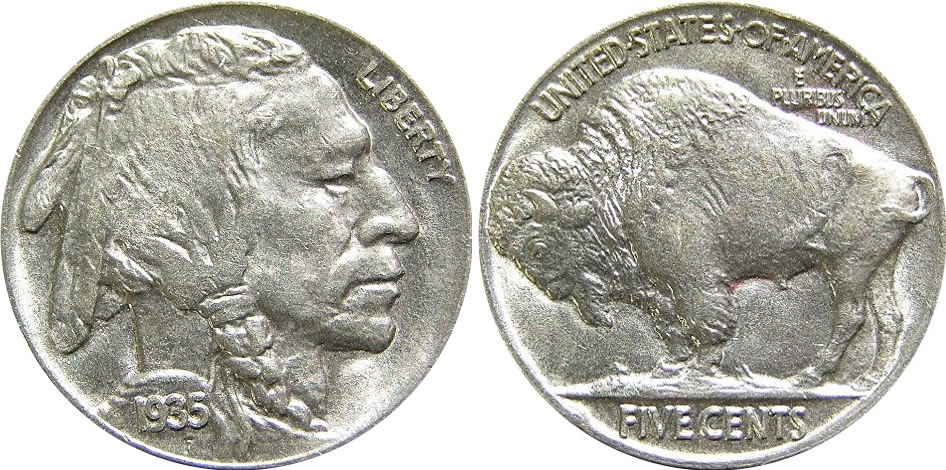Nickel allergy is widespread when you make contact with the dermatitis, an itchy rash that appears where your skin touch a habitually harmless material. The body develops a characteristic skin irritation or rash after a preliminary and long lasting contact with nickel allergen.
It is referred as to NI-ADC as it affects the area of the contact on your skin. Approximately it is about 18% of the people in North America that are allergic to nickel, including 11 million children in the U.S. If you want to avoid nickel allergy then the best way is to avoid the objects that contain nickel.
Though, this can be challenging because nickel is present in many broad-spectrum household articles.
Signs and Symptoms of Nickel Allergy

Generally, when exposed to nickel allergen the body develops a skin reaction within 12 to 72 hours after contact. Since this skin reaction will last for approximately 2 to 4 weeks depending up on the levels of the nickel exposure.
The allergy to the nickel tends to take place on the uncovered area of the skin, but the harsh response can cause the skin edginess will be spreading to other areas of the body.
Common Nickel Allergy Symptoms are as follows.
- Rash or bump on the skin
- Itching, which may be severe
- Redness or changes in the skin colour
- Dry patches of the skin that may resemble a burn
- Water blisters may develop in the severe cases causing the skin to peel off and oozy.
The Sources of the Nickel Contact

It is generally very difficult to stay away from the exposure of the nickel as this metal is habitually crafted in the most of the household products and even in some of the food products. The sources of nickel contact are as follows.
- Belt buckles.
- Eyeglass frames.
- Coins, cellphones.
- Metal tools
- Clothes fasteners such as bra hooks, zippers
- Jewellery such as bracelets, rings and necklaces earrings etc.
- Certain food such as fruits, grains and vegetables as that contain high nickel content.
Risk Factors that Improves Exposure to Nickel Allergy
Depending on the occurrence of the exposure certain factors play a crucial role in nickel allergy growth.
1 Having Body and Ear Piercing
Most of the jewellery ornaments that women will be wearing are made and coated with the nickel, thus it puts the body at high risk of containing nickel allergy.
According to research done by the American Academy of Dermatology, 16% of the men are allergic to nickel when it is compared with the women that is about 36% and women are suffering from it under the age of 18 years in America.
2 Occupation
Working in surroundings that continually uncovered to the metals puts one at a higher risk of contracting nickel allergy as compared to the persons in the different job surroundings. Job profession such as hairdressers, domestic cleaners, cash handlers, tailors, nursing, metal workers are exceedingly exposed to the nickel and the allergic reaction is about to happen.
3 Genetics
Every individual can be accede to an allergy to the nickel if there exists an associate of the family receptive to the nickel.
4 Other Metal Allergic Reaction
In certain possibility some individuals are sensitive to an additional metallic allergy that can spread out a nickel reaction as the immune system is susceptible to the damaging intruders.
Nickel Allergy Diagnosis
When there is unrelenting itchiness, skin impatience and sensitive to reaction it is sensible that you look for the recommendation of a dermatologist to perform a patch test before self medication. The doctors generally diagnose the allergy based on the appearances of the skin and current exposures to the nickel.
Treatment of Nickel Allergy
The allergy to the nickel metal is a chronic and when once this allergy is exposed to any individuals, the body of the individuals will be developing the skin irritations and rashes whenever it is in contact with the metal. Thus,there is no cure and the body will start developing the nickel sensitivity and it occurs throughout the life period.
Though,suitable tablets and drugs, the strictness of the skin irritation and pain is reduced. Repeatedly the first stage of the nickel allergy treatments is the contemporary treatment done in rejoinder to epidermal reinstatement obstruction. The therapy includes
1 Oral Antihistamine Pills
A dermatologist can recommend pills such as cetirizine or fexofenadine for patients to swallow to reduce the swelling and itchiness of the allergy.
2 Corticosteroid Cream
Generally it is suggested that the drugs such as betamethasone dipropinate cream are very good source to fight with the effects of the nickel allergy and this cream should be applied only with the caution as it has long term side effect on the skin.
3 Nonsteroid Creams
Doctors will be suggesting you creams such as pimecrolimus and tacrolimus that are applied on the facade of the affected area which is cause by the nickel allergy. The drugs might also have the side effects such as temporary stinging when applied and should be applied with the caution and by the doctor’s prescription.
4 Phototherapy Treatment
The treatment process is effectual for the unrelenting and harsh cases of the nickel allergy. Severe cases of the nickel allergy that has not work beneath the tropical treatment of this nickel allergy. The treatment also includes the exposing of the affected skin to exactly measured volume of the non-natural ultraviolet lights.

